Cover of Albatros, No. 3
Henryk Berlewi
1923
Image
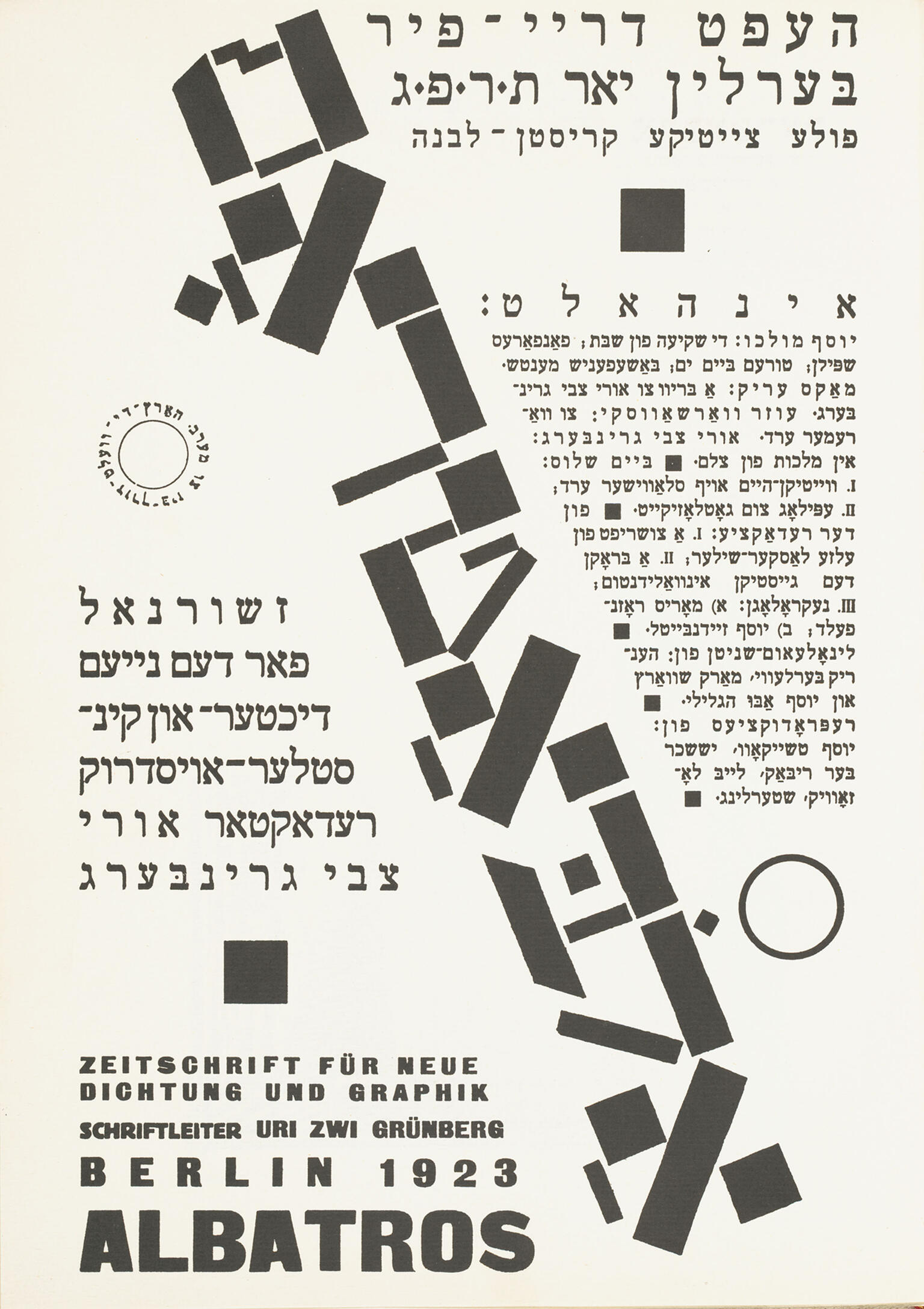
Engage with this Source
Creator Bio
Henryk Berlewi
1894–1967
The painter, graphic designer, and typographer Henryk Berlewi was born into an acculturated Warsaw family. He trained in Warsaw, Antwerp, and Paris and became known for his theater posters, book jackets, and page designs in Hebrew and Yiddish. In the 1920s, he took up constructivist abstraction, creating paintings that employed simple geometric forms. In 1928, after moving from Warsaw to Paris, he abandoned the avant-garde and began painting portraits and nudes in a figurative style. He survived the war in Nice, serving in the Resistance, and in 1957, he returned to painting abstract works. He is often considered a progenitor of optical art.
You may also like
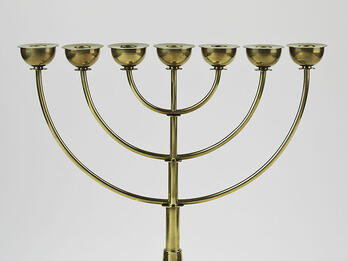
Seven-Branched Candelabrum
Menorahs with seven arms are traditionally displayed in synagogues as a reminder of the Second Temple in Jerusalem. This brass menorah by Gyula Pap also has seven arms but is strikingly different in…
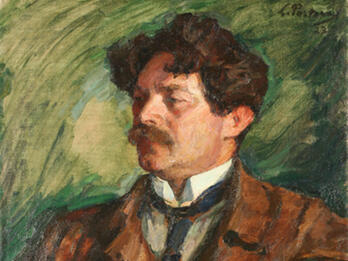
Portrait of Saul Tchernichovski
Saul Tschernikhovsky is considered one of the great modern Hebrew poets. His poems are part of the canon of Israeli literature, and his portrait appears on Israeli currency. Pasternak painted this…

First Fruits
Rubin was a member of what is known as the Land of Israel movement, a group of artists who, in the 1920s, broke with the conventions of the Bezalel School of Arts and Crafts. They drew on the ideas…
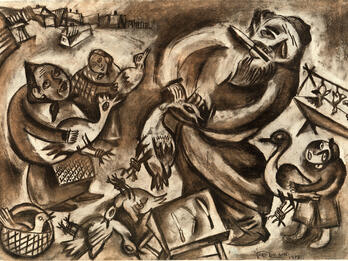
Der Shokhet
Der Shokhet (The Ritual Slaughterer) is one of a set of thirty lithographs that Ryback published in 1923 in a book memorializing the Jewish communities destroyed during World War I and in the…
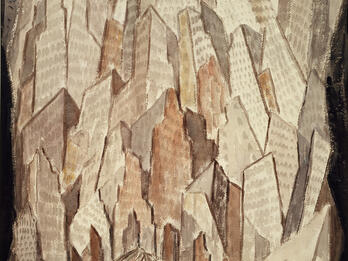
Metropolis No. 2
This painting dates to the early years of Walkowitz’s career, when he frequently painted New York cityscapes. Walkowitz’s cubist style was well suited to capturing the skyscrapers, elevated trains…
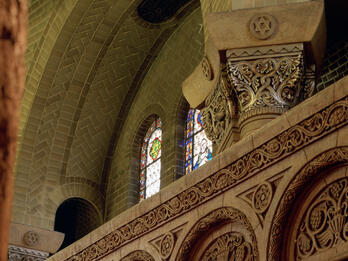
KAM Isaiah Israel Congregation, Chicago, Detail of Decoration at the Balcony Level
In designing this synagogue, Alschuler drew on photographs of the remains of a second-century Byzantine synagogue in Tiberias. He wrote that he designed the synagogue “not in sense of slavish…

